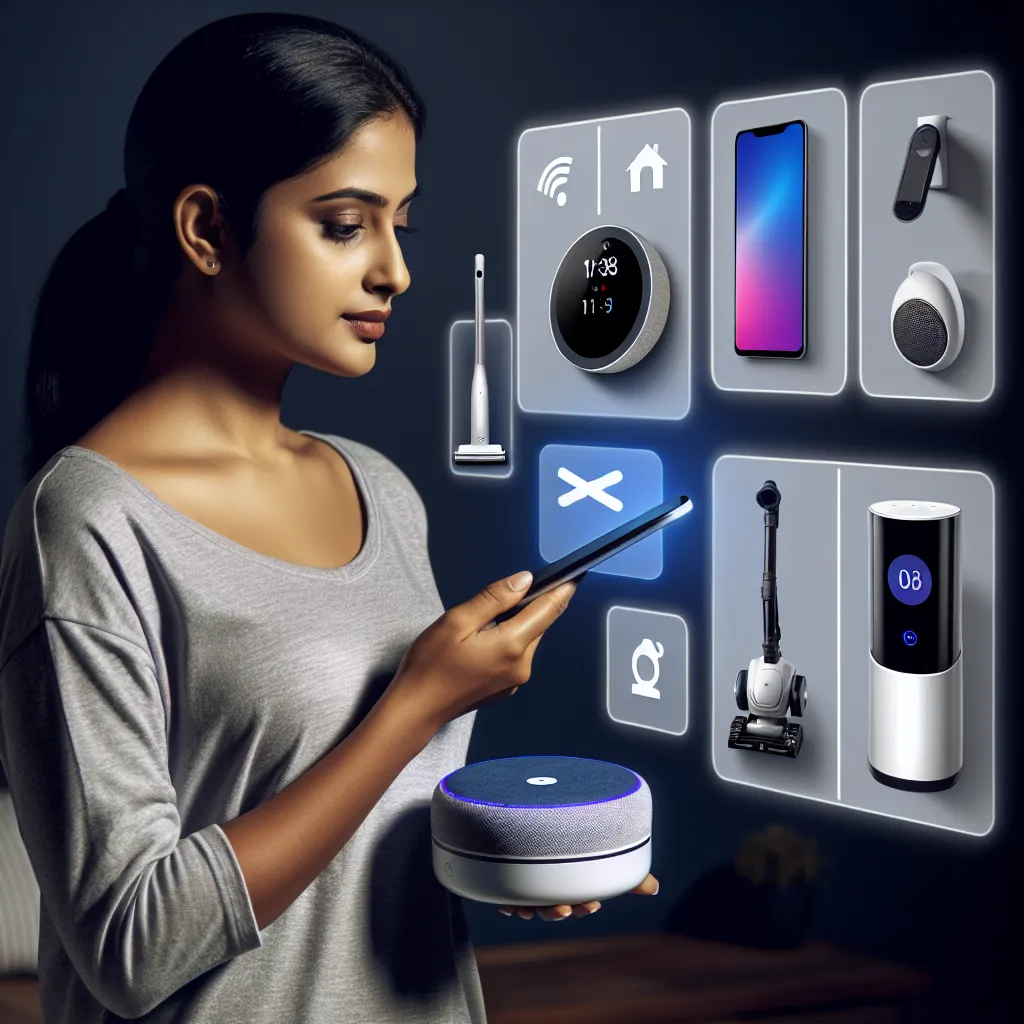Advancements in Wearable Technology: A Look into the Future of Electronics

The Evolution of Smart Fabrics: From Concept to Reality
Advancements in wearable technology have revolutionized the electronics industry, with a particular focus on the evolution of smart fabrics. What was once a concept is now becoming a reality, paving the way for a future where our clothing is not just something we wear, but an integral part of our daily lives. Smart fabrics incorporate cutting-edge technology, such as embedded sensors, conductive yarns, and even microchips, seamlessly integrated into the fabric itself.
These innovations have opened up a wide range of possibilities, from health monitoring and fitness tracking to interactive fashion and even on-body communication systems. The evolution of smart fabrics has not only transformed the way we interact with technology but has also significantly impacted industries such as healthcare, sports, and fashion.
As we look to the future, the potential for smart fabrics is limitless. Imagine clothing that can adapt to different weather conditions, regulate body temperature, or even harness energy from the environment to power electronic devices. The integration of smart fabrics with other emerging technologies, such as augmented reality and artificial intelligence, holds the promise of truly immersive and personalized experiences.
In conclusion, the journey from the concept of smart fabrics to its realization has been remarkable, and the future promises even more exciting developments. As the boundaries between technology and fashion continue to blur, the evolution of smart fabrics is set to play a pivotal role in shaping the future of wearable electronics.
The Integration of Health Monitoring in Wearable Devices
The integration of health monitoring in wearable devices represents a significant advancement in the field of electronics. With the rapid evolution of technology, wearable devices are becoming increasingly sophisticated, offering a wide range of capabilities beyond simple activity tracking. These advancements have the potential to revolutionize the way we monitor and manage our health on a daily basis.
Wearable devices equipped with health monitoring capabilities can track vital signs such as heart rate, blood pressure, and even ECG (electrocardiogram) data. This continuous monitoring provides individuals with valuable insights into their overall health and can alert them to any potential issues that may require medical attention. Additionally, with the integration of advanced sensors, wearable devices can now track sleep patterns, stress levels, and even detect early signs of certain health conditions.
The future of health monitoring in wearable technology holds even greater promise. Advancements in biometric sensors and artificial intelligence are enabling the development of devices that can provide real-time analysis of health data, offering personalized recommendations for improving overall well-being. Moreover, the incorporation of wireless connectivity allows these devices to seamlessly communicate with healthcare professionals, facilitating remote monitoring and timely intervention.
As the capabilities of wearable devices continue to expand, so too does the potential for improving healthcare outcomes. With the integration of health monitoring in wearable technology, individuals have the opportunity to take a more proactive approach to their well-being, leading to better health management and ultimately, enhanced quality of life.
Augmented Reality Glasses: Redefining User Experience
Augmented Reality (AR) glasses are at the forefront of advancements in wearable technology, offering a futuristic and immersive user experience. These innovative devices overlay digital information onto the user’s real-world view, enhancing the way we interact with our surroundings. By seamlessly integrating virtual elements with the physical environment, AR glasses have the potential to revolutionize various industries, including gaming, healthcare, education, and more.
The future of electronics is intricately linked with the evolution of AR glasses, as these devices continue to redefine user experience. With their ability to superimpose digital content onto the user’s field of vision, AR glasses open up new possibilities for hands-free interaction and real-time information display. From interactive gaming experiences to enhanced navigation and visualization tools, the potential applications of AR glasses are vast and diverse.
Furthermore, the ongoing advancements in AR glasses technology are paving the way for more compact, stylish, and user-friendly designs. As these devices become lighter, sleeker, and more comfortable to wear, they are expected to gain widespread adoption among consumers. The seamless integration of AR glasses into everyday life could fundamentally transform how we perceive and engage with the digital world.
In conclusion, augmented reality glasses stand as a pivotal innovation in the realm of wearable technology, offering a glimpse into the exciting future of electronics. With their capacity to redefine user experience and shape various industries, AR glasses are poised to become indispensable devices in the modern era of technological advancement.



